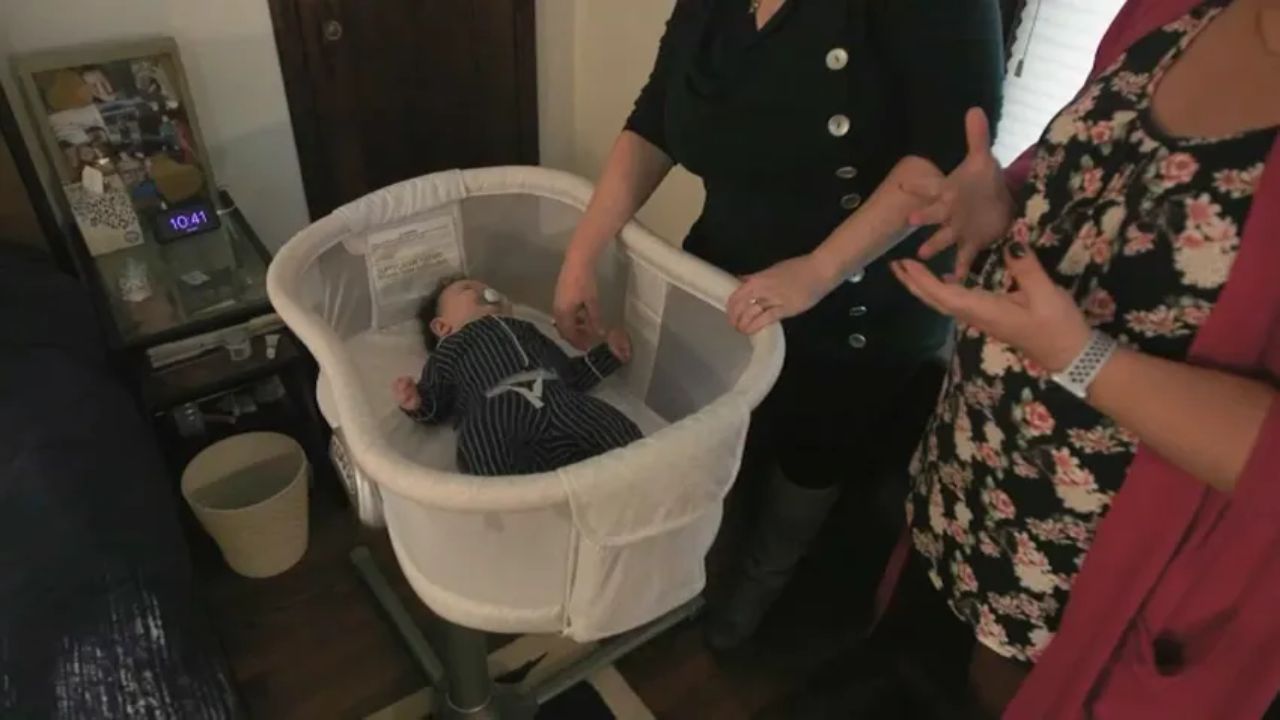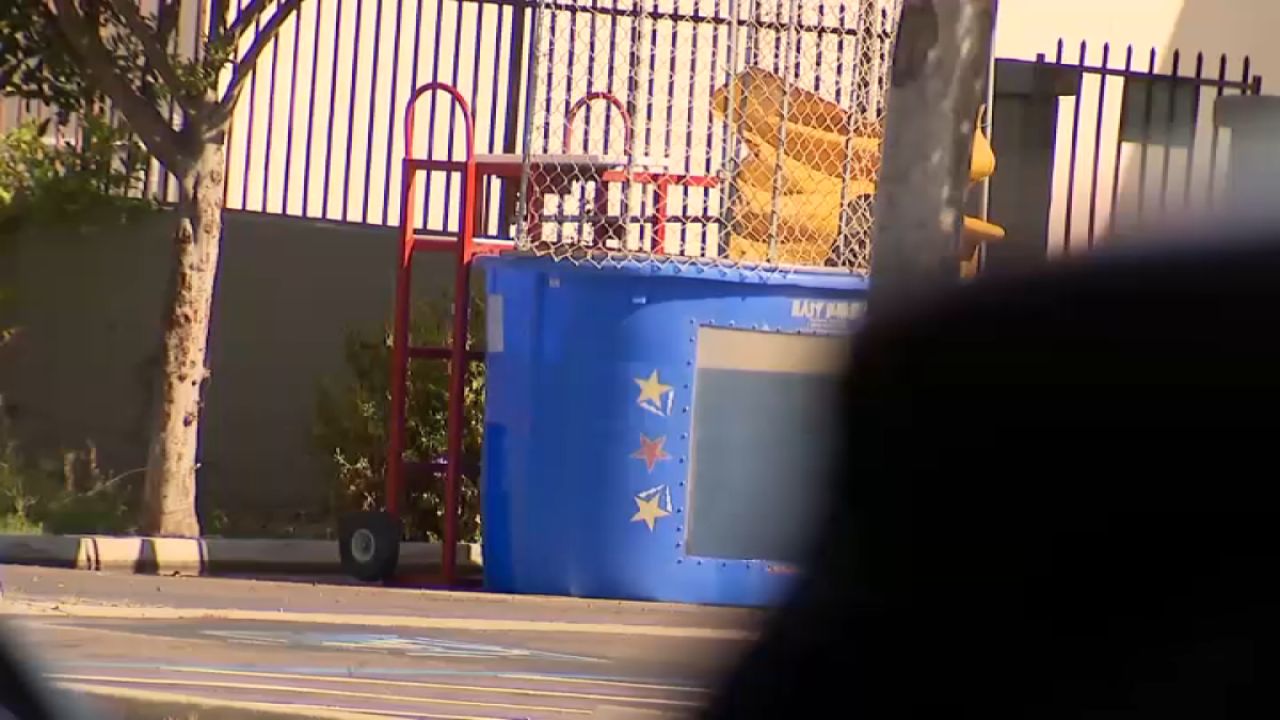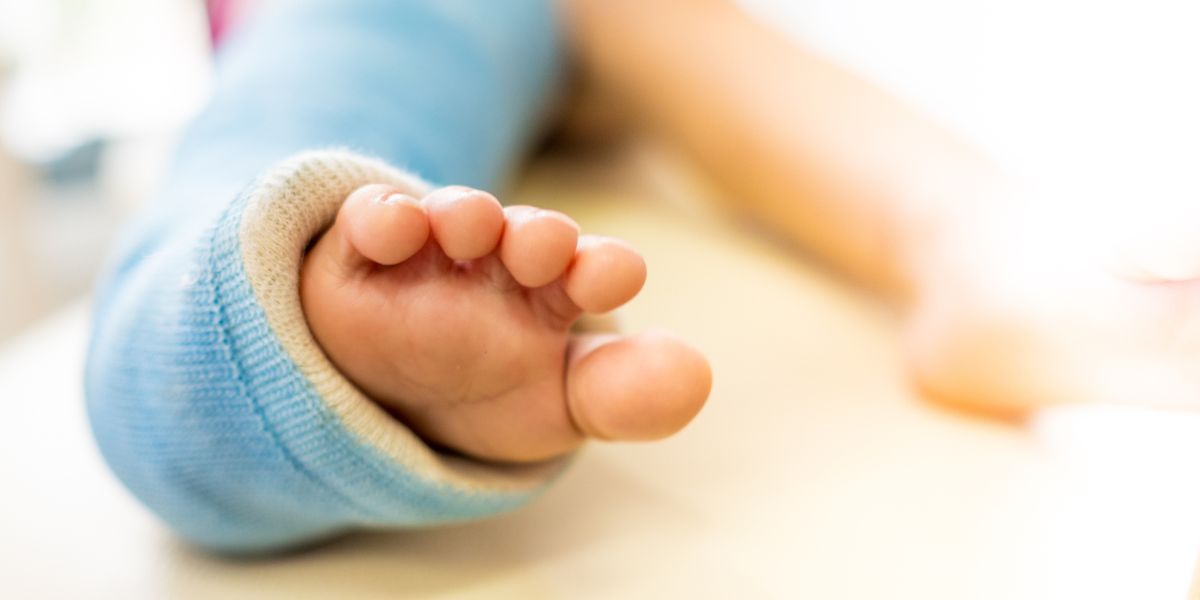New York, NY – As October marks Sudden Infant Death Syndrome (SIDS) Awareness Month, experts are reminding parents that the wrong sleep environment can put babies at serious risk. According to Consumer Reports, several infant sleep products still marketed today can increase the chances of suffocation, injury, or even sleep-related death—but there are clear, evidence-based ways to keep infants safe and comfortable through the night.
The Importance of Safe Sleep Practices
Parents and caregivers often worry about their newborns’ safety during sleep, especially when it comes to SIDS prevention. For Montserrat Vargas, a mother of two, those fears remain top of mind even with experience.
Pediatric experts agree: less is always safer inside the crib. Parents should avoid bumpers, pillows, stuffed toys, and loose blankets, all of which increase the risk of suffocation. Instead, a firm, flat sleep surface—such as a crib or bassinet—is the safest place for babies to rest.
The American Academy of Pediatrics (AAP) continues to stress that bed-sharing, even for naps, is unsafe, though keeping the baby’s crib or bassinet in the same room as parents can lower the risk of SIDS by up to 50 percent.
What to Use: Safe Sleep Products for Infants
Consumer Reports recommends several safe alternatives that provide both comfort and protection for newborns and older babies:
- Swaddles (for newborns): These can help babies feel secure, but they should always be non-weighted. Parents should stop swaddling once the baby begins trying to roll over, typically between 2 and 4 months old.
- Wearable blankets or sleep sacks (for older babies): These non-weighted garments keep infants warm without the hazards of loose bedding.
Experts also warn against using weighted products, which can interfere with a baby’s breathing patterns during sleep.
What to Avoid: Dangerous Sleep Products and Practices
Several popular baby products have been found to pose serious safety hazards when used for sleep:
- Nursing Pillows: These are intended for feeding, not for sleeping. Between 2010 and 2022, the Consumer Product Safety Commission (CPSC) linked over 150 infant deaths to babies sleeping on or with nursing pillows.
- Inclined Sleepers: These products were banned in 2022 after being connected to dozens of infant deaths. Infants should only sleep on flat, firm surfaces, not tilted ones.
- Bouncers and Car Seats: While suitable for short, supervised play or travel, babies should never remain asleep in them. If an infant dozes off, they should immediately be moved to a crib or bassinet.
“Even short naps in unsafe devices can increase the risk of suffocation,” Consumer Reports experts caution.
Product Safety Concerns: Tilted Bassinets Under Scrutiny
While flat bassinets are considered the gold standard for safe sleep, Consumer Reports safety tests recently revealed that not all models meet that definition. The Halo BassiNest Flex, a popular portable bassinet, was found to tilt to one side, rather than staying level—raising concerns about potential safety risks.
CR’s product testing team evaluates bassinets for stability, assembly, and overall safety, ensuring parents have reliable guidance when choosing baby gear.
“A crib or bassinet should always remain flat and firm. Any angle or tilt increases the risk of airway blockage,” CR experts emphasized.
Creating a Safe Sleep Environment at Home
Parents can dramatically reduce sleep-related risks by following these key recommendations:
- Always place babies on their backs to sleep.
- Use a firm, flat mattress covered with a fitted sheet.
- Keep the crib free of objects—no pillows, blankets, or toys.
- Avoid overheating; keep the room temperature comfortable and cool.
- Place the crib or bassinet in your room but never in your bed.
These steps can help prevent suffocation and reduce the likelihood of SIDS and accidental deaths linked to unsafe sleep setups.
Conclusion
As SIDS Awareness Month continues, health experts urge parents to stay informed and vigilant about sleep safety. Avoiding risky products and following evidence-backed practices can save lives. Remember: a baby’s sleep space should be simple, empty, and flat.
What safe sleep practices do you follow for your baby? Share your experiences and tips in the comments below.




